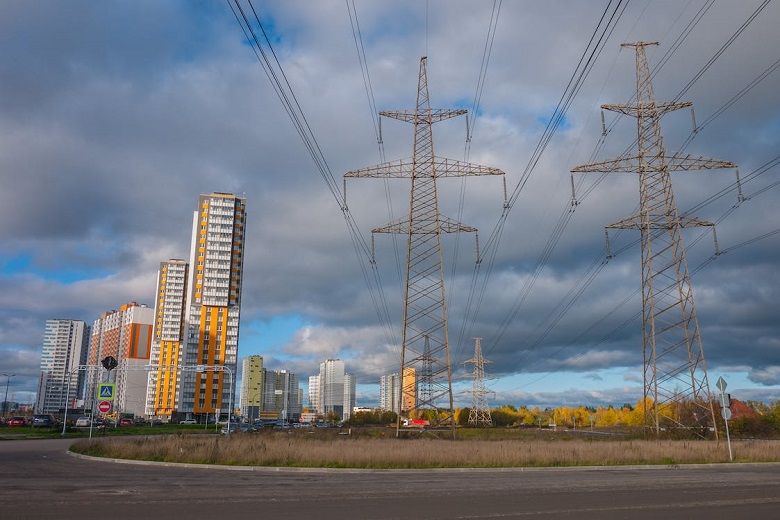Electricity prices are a major concern for many Australian households and businesses, especially as they face steep increases in the coming months. According to the Australian Energy Regulator (AER), electricity prices are set to surge up to 30 per cent for some customers from July 1, 2023, due to rising wholesale costs and network charges. The AER’s draft pricing plans will directly affect around 600,000 customers in South Australia, New South Wales, South-East Queensland and Victoria who are on the default offer, which is effectively a price cap for household and small business customers.
National Electricity Market
But what can be done to reduce the prices of electricity in Australia and make the energy system more affordable, reliable and sustainable? One possible solution is to reform the national electricity market (NEM), which covers most of eastern and southern Australia and coordinates the generation and supply of electricity across five states and territories. The NEM was created in 1998 and has not been updated to reflect the changing needs and expectations of consumers, generators and regulators in the face of climate change, technological innovation and market competition.
National Electricity Objective (NEO)
One of the key reforms that could help lower electricity prices is to add an emissions objective to the national electricity objective (NEO), which currently sets price, quality, safety, reliability and security of supply as the goals for the NEM. This would mean that emissions reduction would be prioritised and considered in all decisions and actions related to the NEM, such as planning, investment, regulation and operation. This could create incentives for cleaner and cheaper sources of energy, such as renewables, batteries and demand response, to enter and compete in the market, while discouraging more expensive and polluting sources, such as coal and gas, from staying online longer than necessary.
Emissions Objective
Adding an emissions objective to the NEO could also pave the way for a carbon price in Australia, which many experts agree is the most efficient and effective way to reduce greenhouse gas emissions from the electricity sector. A carbon price would put a cost on emitting carbon dioxide and other greenhouse gases, making polluters pay for their environmental impact and rewarding low-emissions alternatives. A carbon price would also send a clear signal to investors and consumers about the direction of the energy transition and encourage innovation and efficiency in the energy system.
Australian Energy Market Commission (AEMC)
Another reform that could help reduce electricity prices is to improve the governance and accountability of the NEM institutions, such as the Australian Energy Market Commission (AEMC), the Australian Energy Market Operator (AEMO) and the AER. These institutions are responsible for making rules, operating markets and enforcing regulations for the NEM, but they have been criticised for being slow, unresponsive and opaque in their decision-making processes. For example, the AEMC took more than four years to approve a rule change that would allow consumers to participate in demand response programs, which could lower their bills by reducing their energy use during peak times.
Improving the governance
Improving the governance and accountability of the NEM institutions could involve increasing their independence from political interference, enhancing their transparency and consultation with stakeholders, streamlining their rule-making processes and ensuring they have adequate resources and expertise to deal with complex and evolving issues. These reforms could help improve trust and confidence in the NEM institutions and ensure they act in the best interests of consumers and society as a whole.
Conclusion
Energy reforms can reduce the prices of electricity in Australia by making the NEM more responsive to changing needs and expectations of consumers, generators and regulators. Adding an emissions objective to the NEO could help lower electricity prices by creating incentives for cleaner and cheaper sources of energy Provider to enter and compete in the market. Improving the governance and accountability of the NEM institutions could help lower electricity prices by ensuring they make timely, transparent and effective decisions that benefit consumers and society as a whole. Keep in updated with our upcoming updates and stay subscribed to our notifications.

